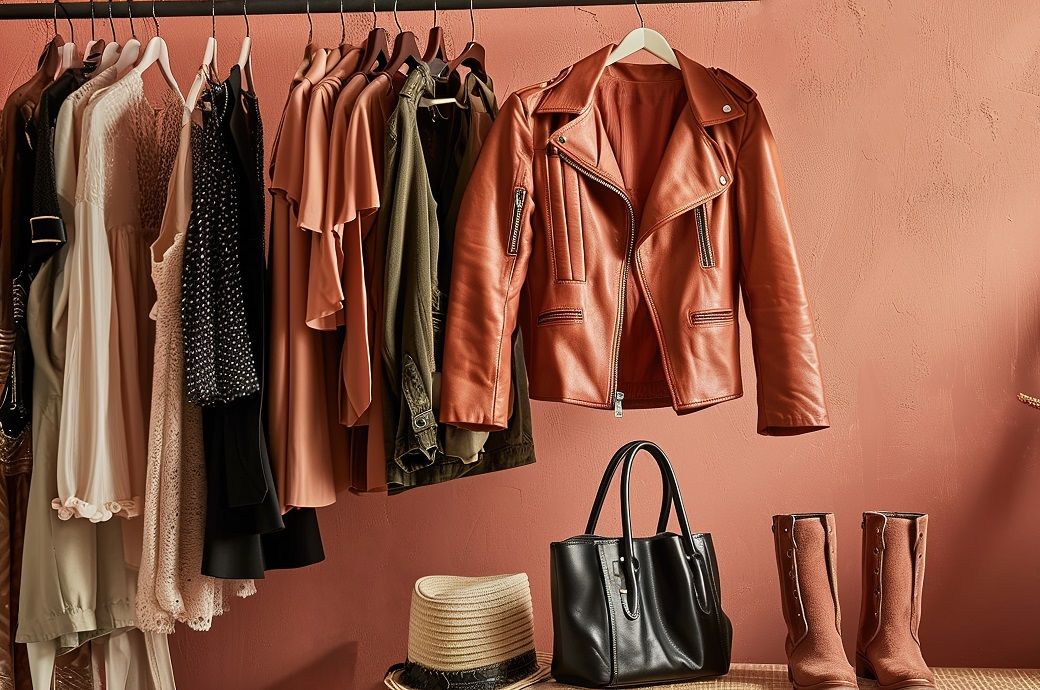
The third quarter (Q3) saw the worst performance, with a slight improvement in Q4, mostly driven by announcements of the forthcoming stimulus measures, and the expected impact on consumption, Bain & Company said in a press release.
Price gap between domestic and other markets was a major factor in the resurgence of overseas luxury spending. The recovery of overseas luxury spending by Chinese tourists has been significant in 2024, where it accounted for 40 per cent of total Chinese luxury spending.
Specifically, spending abroad in 2024 reached about 50 per cent of 2019 level in Europe and exceeded 2019 level to around 120 per cent in Asia Pacific. However, the increase in overseas shopping did not offset the decline in onshore sales, resulting in an overall decrease of 7 per cent in total Chinese luxury goods spending.
“The downturn is primarily driven by lukewarm consumer confidence driven by economic uncertainty and a decline in real estate value, a shift in spending toward overseas markets, and a reluctance to accept frequent price increases by brands without well-justified value propositions,” said Bruno Lannes, a Greater China-based senior partner at Bain & Company.
“The market is going through an era of turbulence and uncertainty, where widespread underperformance may become the norm, with only a few brands emerging as winners. Most brands will likely need to focus on footprint consolidation and performance improvement measures instead of expansion and price increase,” added Lannes.
Pricing disparities between luxury goods in mainland China and other markets, particularly Japan, was a major factor in the resurgence of overseas luxury shopping in 2024. A sample analysis of key products across the Chinese mainland, France, and Japan revealed significant price differences across various categories, making luxury shopping abroad even more appealing, especially under favourable exchange rates. At the Yen's lowest point vs, the RMB (Renminbi), the price gap compared to domestic prices reached as much as 30 per cent.
Historically, in response to this trend, some brands have implemented a global pricing strategy to offset most of the exchange rate fluctuations. This year, other brands addressed these price disparities by implementing purchase limits in stores and aligning new product prices globally (in the fourth quarter).
The ongoing government and brand actions against Daigou trading, as well as a shift in tourism flows towards Japan due to favourable exchange rates, have caused South Korean duty-free sales to decline by 3 per cent year-over-year, with an average basket dropping by around 40 per cent.
The overall grey market went up by approximately 5 per cent in 2024. Favourable exchange rates, pricing discount, and promotion mechanism, have reignited the potential for small scale Daigou operations, however, the main source of supply is likely from large scale or professional Daigou that benefit from substantial pricing advantages through wholesale distribution channels, according to brands tracked by re-hub.
In the fashion and leather goods categories, Daigou revenues as a share of official sales in mainland China could vary between 15-25 per cent and 60-70 per cent or more, depending on the brands’ size and control on their wholesale channels. Notably, discounts for the top products tracked by re-hub on Daigou platforms have deepened by approximately 8 percentage points in 2024. This trend raises concerns that the grey market will continue to undermine revenue potential and brand equity in the Chinese mainland.
To counter this trend, Bain advice brands to prioritise their strategies against Daigou operations in 2025 and beyond. Business operations in mainland China need to collaborate closely with the global network to actively manage risks associated with Daigou. This can be achieved by optimising wholesale operations worldwide, harmonising price gaps, and focusing on enhancing customer relationship management, aftersales services, and overall client experience in the mainland China.
“Following a turbulent 2024, we expect China’s luxury market to continue its downward trend through the first half of 2025, with a cautiously optimistic outlook emerging in the latter half of the year, resulting in an overall flattish performance for the whole year,” said Weiwei Xing, a Greater China-based partner at Bain & Company.
ALCHEMPro News Desk (SG)
Receive daily prices and market insights straight to your inbox. Subscribe to AlchemPro Weekly!